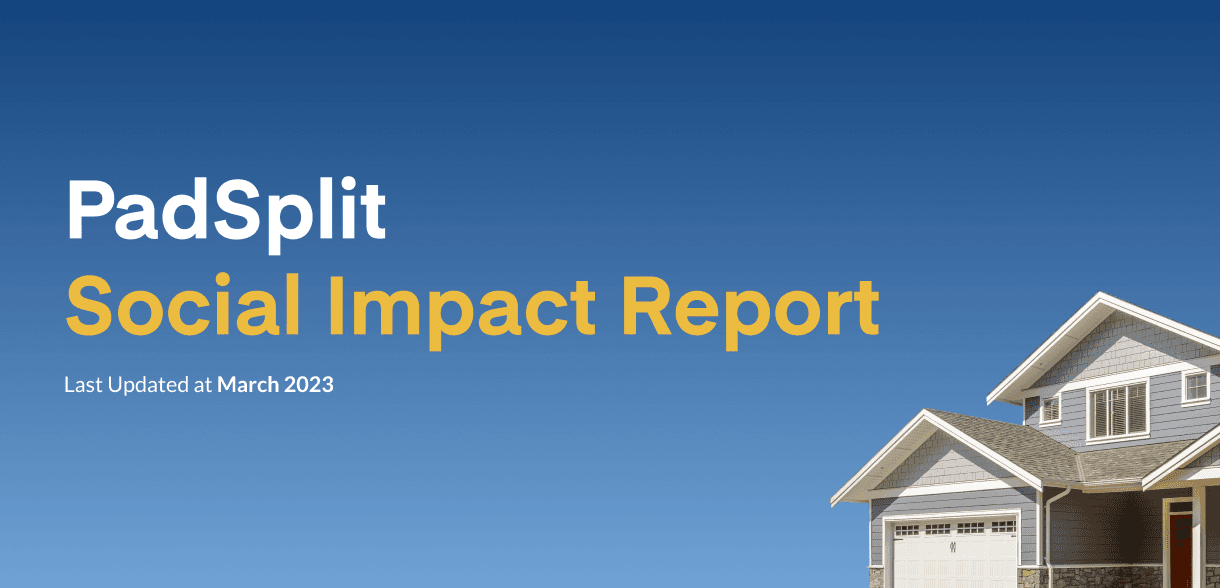We all need to save money for various reasons, whether for emergency funds or future investments. However, not all savings accounts are created equal. There are several types of savings accounts available, and each has its own unique features and benefits.
Let’s take a closer look at some of the different types of savings accounts and the unique benefits each smart savings account offers:
1. Basic savings accounts
Basic savings accounts are the most commonly used type of savings account. They are available at most banks and offer a low minimum balance requirement (typically around $25), along with a low interest rate. It’s good to note, though, that basic savings accounts do not usually come with additional features like ATM access or a debit card. They’re a good option for those who are just starting to save money and do not need to access their funds frequently.
2. High-yield savings accounts
High-yield savings accounts typically offer higher interest rates than basic savings accounts. These accounts require a higher minimum balance, typically around $1,000, and may offer additional features like ATM access or a debit card. If you open a high-yield savings account Colorado, it’s important to maintain a higher balance and want to earn more interest on your savings.
3. Money market accounts
Money market accounts are similar to high-yield savings accounts but typically offer even higher interest rates. These accounts require a higher minimum balance, typically around $2,500 or more, and may come with check-writing privileges or debit card access. Money market accounts are a good option for those who want to earn a higher interest rate on their savings but still want some access to their funds.
4. Certificate of deposit (CD)
A certificate of deposit is a savings account that requires you to lock up your funds for a specific period of time, typically anywhere from a few months to several years. CDs typically offer higher interest rates than basic savings accounts or money market accounts, but your funds are not accessible until the certificate of deposit Iowa term ends. If you withdraw your funds early, you may incur a penalty fee. CDs are a good option for those who want to earn a guaranteed rate of return on their savings and have the flexibility to lock up their funds for a specific period of time.
5. Individual retirement accounts (IRA)
An individual retirement account (IRA) is designed specifically for retirement savings. There are two types of IRAs: traditional and Roth. With a traditional IRA, you can deduct your contributions on your taxes, and your funds grow tax-deferred until you withdraw them in retirement. With a Roth IRA, your contributions are made with after-tax dollars, but your funds grow tax-free, and you won’t pay taxes on withdrawals in retirement. IRAs typically offer a variety of investment options like stocks, bonds, and mutual funds and may have contribution limits based on your income level.
6. Health savings accounts (HSA)
A health savings account (HSA) is a type of savings account specifically for medical expenses. To be eligible for an HSA, you must have a high-deductible health plan (HDHP). HSAs offer tax advantages, as your contributions are tax-deductible and your funds grow tax-free. You can use the funds in your HSA to pay for eligible medical expenses, and any unused funds roll over from year to year.
7. Education savings accounts
Education savings accounts (ESAs) are savings accounts specifically for education expenses. There are two types of ESAs: Coverdell Education Savings Accounts and 529 Savings Plans. Coverdell ESAs have a $2,000 contribution limit and can be used for a variety of education expenses, including K-12 and college expenses. 529 Savings Plans have higher contribution limits and can only be used for college expenses. Both types of ESAs offer tax advantages, as your contributions are made with after-tax dollars, but your funds grow tax-free and withdrawals are tax-free as long as they are used for eligible education expenses.
Determine your financial goals first
If you’re looking for extreme ways to save money and want to choose the right savings account, it’s important to consider your financial goals and needs. If you need frequent access to your funds, a basic or high-yield savings account may be the best option. If you want to earn a higher interest rate and have some access to your funds, a money market account may be a better choice. If you have a specific savings goal, like retirement or education expenses, a CD, IRA, or ESA may be the best option for you.
Read the terms and conditions before starting an account
It’s also important to consider the fees and minimum balance requirements associated with each type of savings account. Some accounts may charge monthly maintenance fees or have high minimum balance requirements. Read the terms and conditions carefully before opening a savings account to ensure you understand all the costs and requirements involved.
Increase the amount you can save with affordable rentals
Whatever your financial goals, there’s one more helpful tactic to growing savings: find new ways to reduce living expenses. One of the largest expenses we all face is housing–and if you’re able to find more affordable places for rent, you can reduce monthly costs.
That’s one of the key reasons our Members love living in a PadSplit. On average, Members find they can save an average of $333 each month.
Read our Member stories to learn more about managing your money when you need emergency funds Ohio or are saving toward specific goals. If you’d like additional wiggle room in your budget, apply to become a PadSplit Member and save 40-50% on rent. Instead of living in your car to save money, you can find a comfortable and modern room to rent.
If a PadSplit promo code is available, you can avoid paying the Membership application fee and get approved in minutes.


